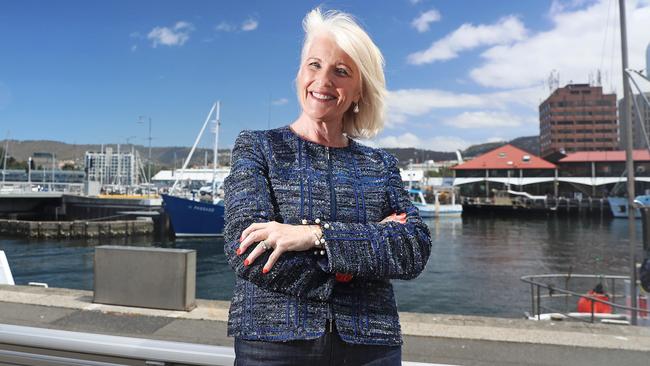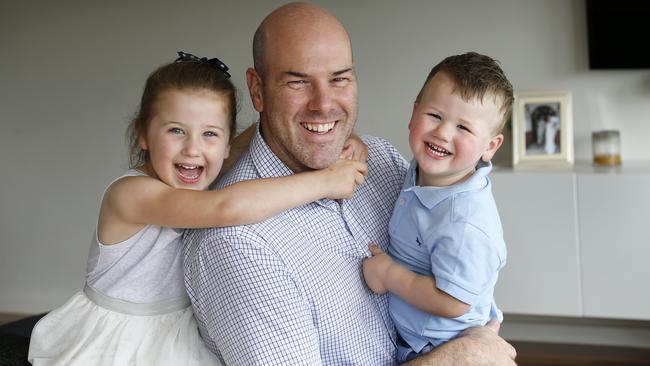New figures reveal Australia’s gender pay gap
While we think huge strides have been made in the gender pay gap, new figures reveal the startling difference between what men and women are making in Australia.
VIC News
Don't miss out on the headlines from VIC News. Followed categories will be added to My News.
Fifty years since the landmark equal pay case, women still earn an average $25,679 a year less than men due to a 20 per cent gender pay gap, new data reveals.
New research to be released on Tuesday by the Workplace Gender Equality Agency shows the number of women CEOs has stalled at 17 per cent and 60 per cent of Australia’s boardrooms are dominated by men.
One of the few bright spots in the report covering four million workers is the 13 per cent jump in the number of employers with family violence leave, and the 9 per cent increase in employers with paid family violence leave.
Agency director Libby Lyons said men and women still had very different experiences of work.
“Our data shows pay gaps favouring men persist in all industries, occupations and manager categories,” she said.

The annual survey also shows women take advantage of flexible work practices more than men.
Sixteen per cent of workers are part-time women but just 5 per cent are men.
The agency’s research shows only two per cent of Australian businesses have set a target to boost men’s take-up of flexible work practices, despite nearly 75 per cent of firms now allowing staff to work from home or part-time.
Aurecon structural engineer Peter Tautor, 38, is pleased to have access to flexible work hours, allowing him to care for his daughter Milla, 4, and son Hudson, 2.

“The company allows me to schedule my travel around my wife Belinda’s work,” he said.
“I can look after the kids or work from home and have flexible hours. Aurecon also makes it very easy to work from anywhere throughout the country,” he said.
MORE NEWS:
McLACHLAN ALLEGEDLY ASSAULTED CO-STAR 20 TIMES ONSTAGE
DEVELOPERS ‘GAVE TWO CASEY COUNCILLORS $1.2m’
PRINCIPAL PLEADS GUILTY TO ‘BIZARRE’ STALKING OF SUCCESSOR
He said such policies applied to everyone, not just a select few in senior positions.
Ms Lyons said employers could make a difference.
“Over seven in 10 employers now have policies or strategies to support gender equality or promote flexible working,” she said.
“Action on addressing pay equity continues to grow.
Despite this, she added the improvement overall was “modest”.
